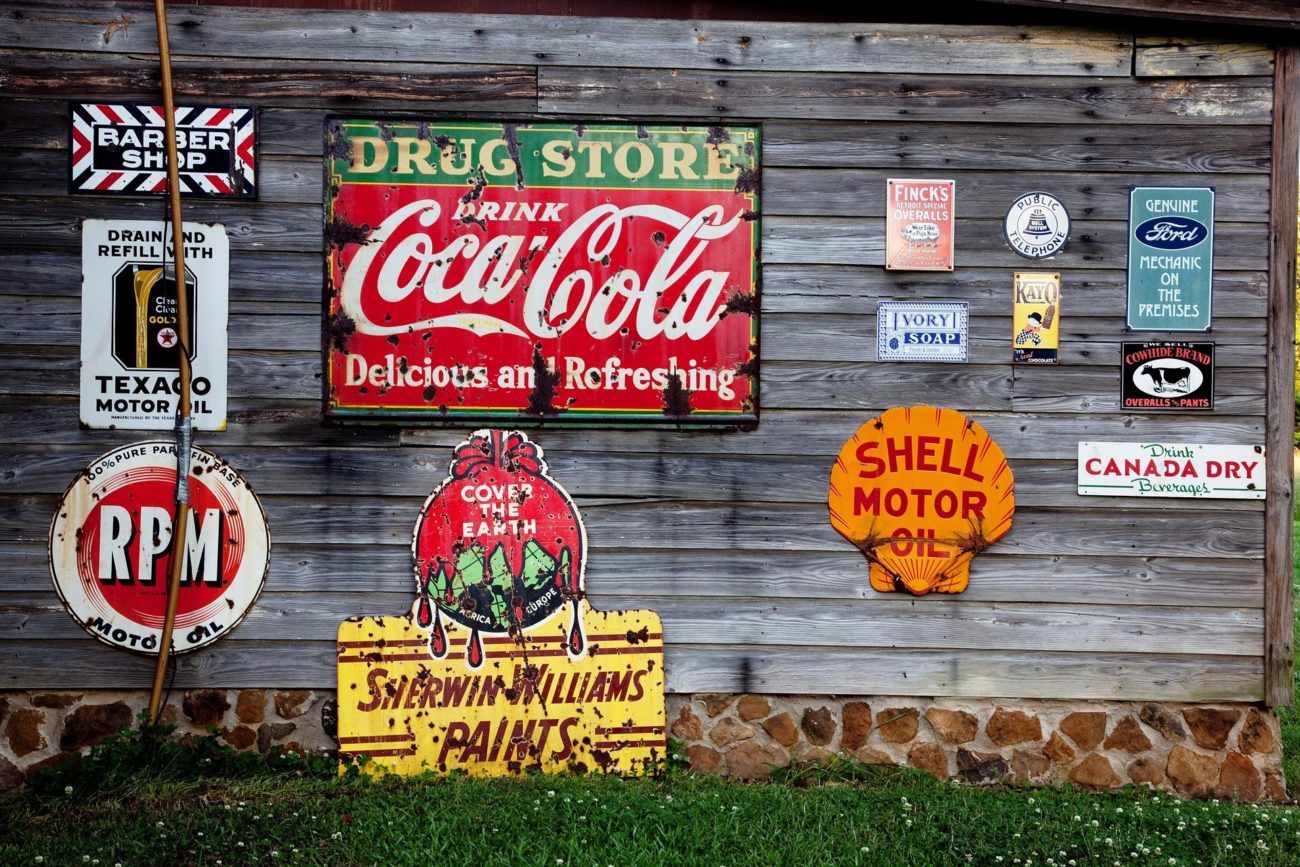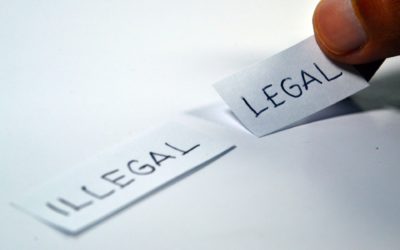Comparative advertising: the bailiff your ally
Comparative advertising has long been prohibited in France, but it was first authorised and regulated by case law, in particular by the Court of Cassation in a ruling of 22 July1986, and then by the Law of 18 January 1992 which introduced Article L121-8 of the Consumer Code:
« Toute publicité qui met en comparaison des biens ou services en identifiant, implicitement ou explicitement, un concurrent ou des biens ou services offerts par un concurrent n’est licite que si:
1° Elle n’est pas trompeuse ou de nature à induire en erreur ;
2° Elle porte sur des biens ou services répondant aux mêmes besoins ou ayant le même objectif
3° Elle compare objectivement une ou plusieurs caractéristiques essentielles, pertinentes, vérifiables et représentatives de ces biens ou services, dont le prix peut faire partie. »
A manufacturer or trader wishing to use comparative advertising will therefore have to be particularly vigilant on these three points.
Indeed, faulty comparative advertising is likely to engage the responsibility of the advertiser but also of the industrialist or trader.
Comparative advertising must first of all not be misleading or deceptive. A telephone operator, for example, which boasts about the extent of its network must be particularly vigilant about the reality of its network. For example, Bouygues Telecom was convicted for comparing objective data as of October 1 with forecasts as of December 31, 2013, while showing this information. This statement was too illegible for an ordinary consumer and the trial judges considered that the advertising was therefore likely to mislead consumers.
On the other hand, the comparison must relate to goods or services meeting the same needs or having the same objective. The CJEU refers to a "sufficient degree of interchangeability for the consumer" (Grande Ch. 19 September 2006 aff. C356/04). The consumer must be able to assess whether the quality is equivalent.
Finally, the comparison must be based on one or more essential, relevant, verifiable and representative characteristics.
It therefore seems that the comparison could only be made on objective elements: electricity consumption, power, price, etc...
However, it seems to us that a subjective comparison could be possible, particularly on a criterion of consumer preference and taste. In this case, recourse to sampling is possible, provided that it is carried out by professional pollsters, on a sufficiently representative sample, and that this is controlled by a bailiff.
The judicial officer: your ally for the realisation of comparative advertisements
Quand une publicité comparative est réalisée, il existe un risque de contentieux. Aussi le publicitaire doit il s’entourer des plus grandes précautions. Le recours à un huissier de Justice, que ce soit pour contrôler la régularité d’un sondage, pour contrôler la puissance d’un appareil, ou encore le prix d’un produit dans deux enseignes (…) est une absolue nécessité.
La loi du 22 décembre 2010 a en effet apporté au constat d’huissier le rang de preuve « absolue » en lui conférant une présomption de véracité s’imposant au juge.
Also, it is in the interest of the trader or industrialist to call upon a bailiff to prove the reality of the result of the comparison. Otherwise, it will be difficult for him to prove the reality of what he alleges, especially if the elements compared are fluctuating, such as prices.
In the same way, our study regularly intervenes to assist in the realisation of comparative caddys, i.e. price surveys in various brands. In this case, we carry out a control of the sales receipts according to an approved methodology, making it possible to prove that the prices are cheaper in such a sign than in another.
Of course, on the other hand, the bailiff can also allow you to prove the misleading nature of a comparative advertisement. Our expertise in this field will be useful to you.
To make an appointment, follow this link !




